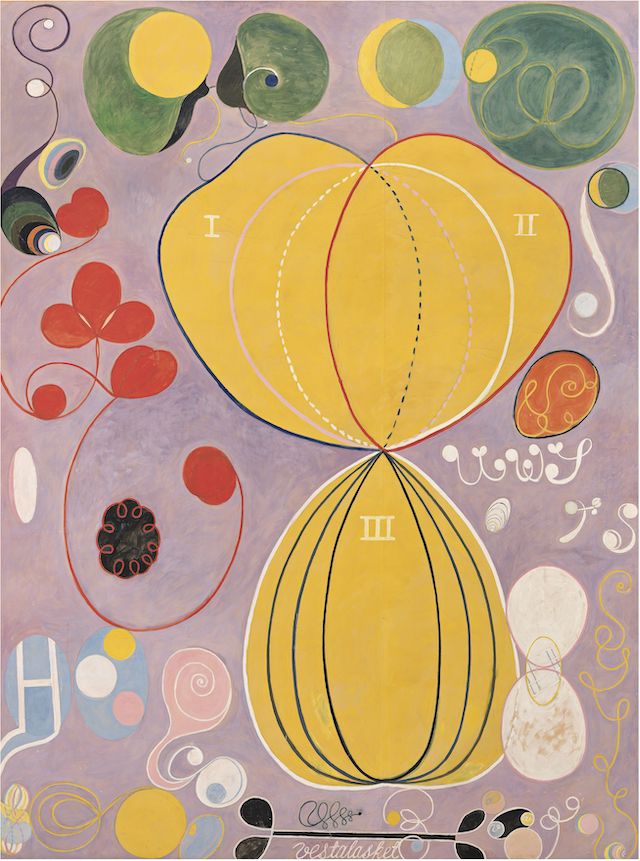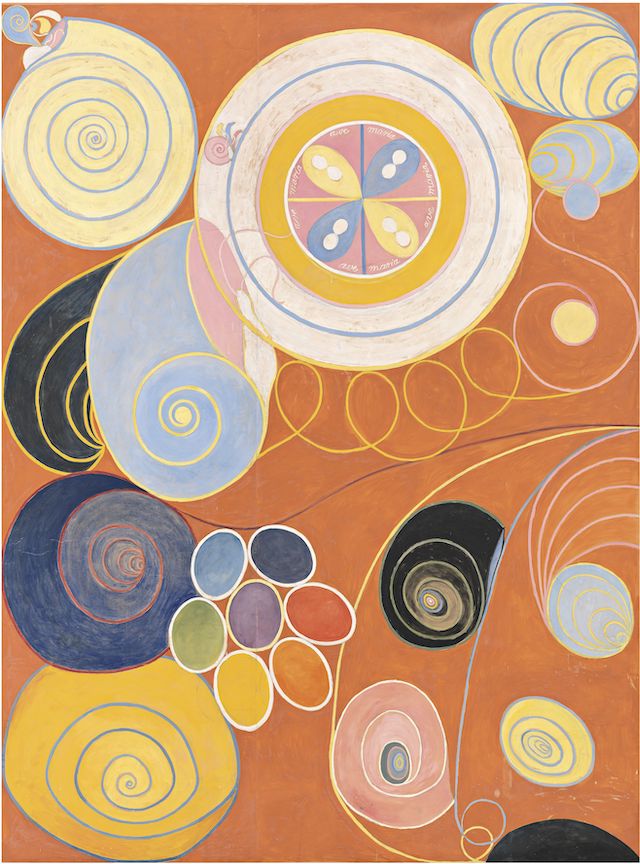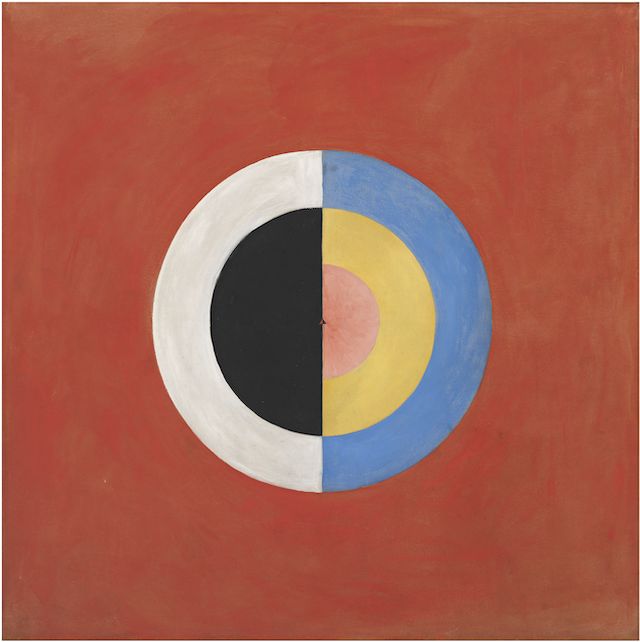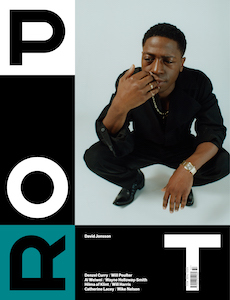Examining the radically abstract work of spirit medium and artist Hilma af Klint

The most successful show staged by New York’s Guggenheim Museum was not a survey of some hot art market darling, but of a long-dead Swedish mystic and spirit medium. Between October 2018 and April 2019 over 600,000 visitors made the pilgrimage to ‘Paintings for the Future’, the first US solo exhibition dedicated to Hilma af Klint. In its closing weeks, the Guggenheim adopted extended opening hours. Af Klint-themed merch poured out of the gift shop. The work chimed with the horoscope-hungry, tarot-reading, palo santo-scented vibe of the time. Over one winter season, this hitherto obscure artist attained a level of popular art stardom that put her on a par with Frida Kahlo and Yayoi Kusama.
Born in Stockholm in 1862, Hilma af Klint emerged from the city’s Royal Academy of Fine Arts a skilful if modest painter of landscapes and botanical studies. Already, in her late teens, she participated in séances, but her interest in communicating with spirits deepened after the death of her sister Hermina in 1880. In the years that followed, af Klint became an adherent of popular spiritual movements, including Theosophy, Rosicrucianism and Anthroposophy. This was an era in which understanding of the physical world expanded to include invisible forces: electromagnetism, and in, 1895, X-rays. In this context, to many people at the turn of the 20th-century, communication with spirits of the restless dead and other unseen forces seemed absolutely plausible.
Af Klint favoured the company of women, both as romantic and spiritual companions, and from 1896 met for weekly séances with group of female artists who identified themselves as The Five (De Fem). Together they contacted presiding figures in the spirit world and practiced guided and ‘automatic’ drawing to channel their messages. It was under instruction from one such ‘high master’ – the spirit Amaliel – that af Klint received her commission to make a series of paintings representing transcendent aspects of humanity in relation to the earthly and astral planes. In the following four years she painted 111 monumental canvases, commencing what became the central project of her career: The Paintings for the Temple.

Completed in 1915, the full cycle of 193 paintings is made up of groupings each exploring distinct themes and motifs, among them primordial chaos, spiritual evolution and the passage from life to death. Her symbolic repertoire was rooted in existing spiritual systems, but to a greater extent idiosyncratic. The feminine is represented by the colour blue and the lily, the masculine by yellow and the rose; numerals and lettering are scattered across the paintings as though annotating scientific diagrams; her many abstract motifs included spirals, interlocking circles, colour wheels and gradients, but certain series also take their symbolism from birds, human bodies and plant forms. Particularly in the series the Ten Largest (1907) – three-metre-high canvases evoking the cycle of human life from infancy to old age – her use of colour verges on the psychedelic. Botanic and geometric forms leap across a dazzling palette vibrating with burnt orange, cool mauve, blushing pinks and midsummer blues.
Af Klint described the creation of these works in mediumistic terms: “The pictures were painted directly through me, without any preliminary drawings, and with great force. I had no idea what the paintings were supposed to depict; nevertheless I worked swiftly and surely, without changing a single brush stroke.” These striking and original works include what many now consider the first abstract paintings in the Euro-American tradition. While her mediumistic art was made in private and never shown during her lifetime, we should not discount these works as anomalous. Wassily Kandinsky, Piet Mondrian, František Kupka and other fathers of Western abstraction, were, like af Klint, profoundly engaged with Theosophy and other branches of spiritualist thought. Kandinsky’s first experiments with abstract composition coincided with his treaties Concerning the Spiritual in Art (1910). This April, London’s Tate Modern will show works by af Klint alongside those of Mondrian, celebrating the esoteric philosophy and synaesthetic response to colour that informed the Dutch artist’s experiments with grids and ‘vibrating’ colour.

When she died in 1944 af Klint left over 1,200 paintings, with the instruction that none could be viewed until over two decades after her death. The world, she thought, was not yet ready for her work. It took even longer than she had feared for her visionary art to find an audience. In 1970 af Klint’s entire estate was offered to the otherwise progressive Moderna Museet in Stockholm, but was rejected as mediumistic art. It took over 40 years for her work to be shown – appropriately enough in California, natural home of the counterculture and radical thought – in the 1986 LACMA exhibition The Spiritual in Art. Even then, shown alongside celebrated contemporaries in abstraction – among them Mondrian and Kandinsky – af Klint was considered a footnote. It took another three decades for abstraction’s spiritualist roots – and the role played by women in that scene – to be afforded serious consideration.
We might ask why. For it should be no surprise that Hilma af Klint’s paintings looked perfectly at home in the Guggenheim. The museum’s first director, Hilla Rebay – co-commissioner of the iconic Frank Lloyd Wright building – was likewise a Theosophist. Abstractions’ spiritualist roots were there to see for any who cared to look for them, built into the structure of the Guggenheim itself, which spirals upwards into the light very much like the ‘temple’ af Klint imagined as a vessel for her paintings.
‘Hilma af Klint and Piet Mondrian: Forms of Life’ runs at the Tate Modern from 20th April – 3rd September, 2023

This article is taken from Port issue 32. To continue reading, buy the issue or subscribe here




